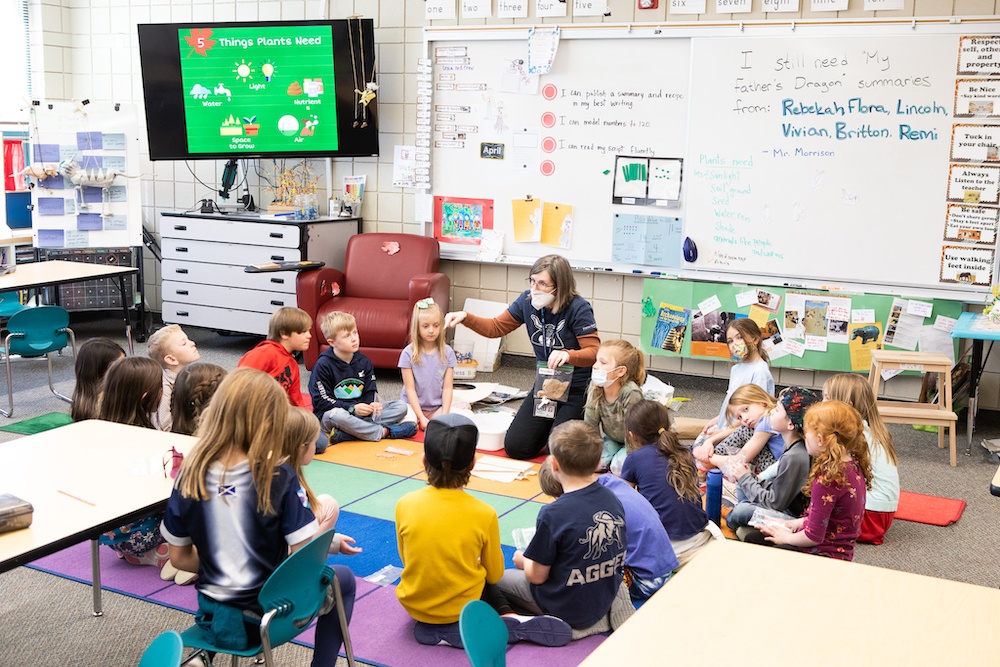USU defies nationwide education trends
As enrollment in teacher preparations is declining nationwide, Utah State University’s enrollment in the Teacher Preparations Program is holding steady.
According to a recent article in Education Week, fewer people are deciding to become teachers across the country. It states from the 2008-2009 school year to the 2018-2019 school year, traditional teacher preparation programs saw a 35% decline in enrollment. Post-pandemic, about 20% of institutions reported a loss of 11% or more.
But based on what USU educators are saying, the university seems to be an exception.
Based on data from the 2021 fall semester, compiled by the Department of Analysis, Assessment, and Accreditation, or DAAA, the Emma Eccles Jones College of Education and Human Services has more students than any other college, and the School of Teacher Education and Leadership, or TEAL, has more than 900 students.
Sylvia Read is the associate dean for Undergraduate Affairs and Accreditation for CEHS. According to her, enrollment in these programs is not only stable, but growing, especially in the field of special education.
“I think there are some cultural things going on in Utah,” Read said. “People see that teaching is a profession that one can do and still have a reasonable family life, so I think it will stay attractive.”
Teaching, especially elementary school, has consistently been a female-dominated field, and that trend appears to be continuing according to the DAAA.
They found 81% of students in CEHS were female. However, Read cites the growing number of opportunities for women as a reason enrollment may be declining in other areas.
“People my age, and especially people older than me, we were told that if you were a woman you could be a teacher or you could be a nurse,” Read said. “That’s just not true anymore for young women. They’re going into banking, being lawyers and doctors and all that.”
Finances are another worry for many current and would-be teachers.
According to the Economic Policy Institute, teachers make on average 20% less than other professionals with the same level of schooling and experience.
Read said the real problem is not the amount of people that want to be teachers, it’s the poor salary and working conditions that cause people to leave the profession within just a few years.
One USU student majoring in secondary education, Natalli Hull, agreed but said she continues to pursue her degree because not everything is about the paycheck.
“I’ve chosen a career where I know I’m going to be poor for the rest of my life,” she said. “But for me, it’s more about what I’m doing instead of what I’m getting paid. I know I can be a good teacher and a good influence for those kids and to me that’s more important than having a certain amount of money.”
USU has several unique programs that aim to reduce some of the barriers that older students may face when deciding if they want to return to get a degree in education.
Thanks to the flexible nature of USU’s statewide and online classes, aids and paraprofessionals already working in schools can work towards getting their teaching certificate within their comfort zone and at a pace that works better for them.
These programs are one of the ways that enrollment has increased at USU.
At the end of the day, Read is proud to represent CEHS, and proud of the opportunities that it provides to graduating students.
“I think our students are amazing,” Read said. “We have very strong students coming out of all of our programs, and if they want a job, they can get a job. As a teacher, it’s good to be an Aggie.”
-Maggie.Erekson@usu.edu
Featured photo by: Katie Henderson

